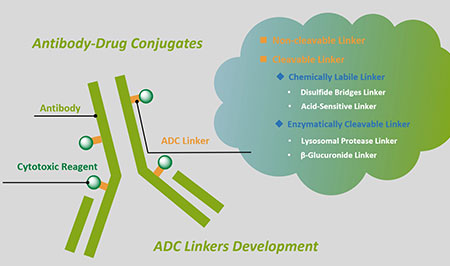(4S)-4-Azido-L-proline is a derivative of L-proline with an azide (N3) group on the 4-position of the proline ring. It is used in peptide synthesis and bioconjugation for introducing azide-functionalized residues that can participate in click chemistry reactions, enabling site-specific modifications and functionalization.

| Catalog Number | Size | Price | Quantity | |
|---|---|---|---|---|
| BADC-01984 | -- | $-- | Inquiry |
(4S)-Azido-L-Proline hydrochloride, a versatile compound with diverse applications in biochemical and pharmaceutical research, serves as a cornerstone in various scientific fields. Here are four key applications presented with high perplexity and burstiness:
Chemical Biology: At the intersection of chemistry and biology, (4S)-Azido-L-Proline hydrochloride finds its niche as a tool for the site-specific labeling of proteins. Its azido group facilitates click chemistry reactions, allowing for precise tagging and probing of proteins. Researchers leverage this capability to delve into protein interactions and follow protein localization dynamics within cells with intricate detail.
Peptide Synthesis: In the realm of peptide synthesis, (4S)-Azido-L-Proline plays a critical role in crafting modified peptides for structural and functional analyses. By integrating this compound into peptides, scientists can introduce functional motifs for subsequent biochemical modifications, creating peptides with tailored stability, activity, or targeting characteristics. This versatility is essential for the design of peptides with specialized functionalities.
Drug Discovery: Positioned at the forefront of drug development, (4S)-Azido-L-Proline hydrochloride contributes to the creation of innovative drug candidates. Its distinctive structure is incorporated into small molecule libraries for expansive screening against diverse biological targets. This screening process aids in the identification of potential therapeutic agents with efficacy and specificity, driving forward the discovery of novel treatments.
Protein Engineering: Harnessing the power of (4S)-Azido-L-Proline hydrochloride in protein engineering opens doors to the incorporation of non-natural amino acids into proteins. This modification enables the exploration of protein folding, stability, and function, leading to the creation of proteins with novel attributes. By expanding the toolbox for synthetic biology and biotechnological applications, this application broadens the horizons of protein engineering possibilities.

Customer Support
Providing excellent 24/7 customer service and support

Project Management
Offering 100% high-quality services at all stages

Quality Assurance
Ensuring the quality and reliability of products or services

Global Delivery
Ensuring timely delivery of products worldwide

BOC Sciences offers comprehensive services for ADC manufacturing, including antibody modification, linker chemistry, payload conjugation, and formulation development. In particular, our payload-linker customization service offers a convenient and fast raw material channel for many ADC researchers.

BOC Sciences provides one-stop site-specific conjugation services for amino acids, glycans, non-natural amino acids, and short peptide tags. In addition, cysteine conjugation, lysine conjugation, enzymatic conjugation, thio-engineered antibody can also be obtained quickly.

BOC Sciences offers a full range of linkers, including peptide linkers, PEG linkers, click chemistry, PROTAC linkers, non-cleavable linkers, etc. We also provide custom development services for chemically labile linkers and enzymatically cleavable linkers.